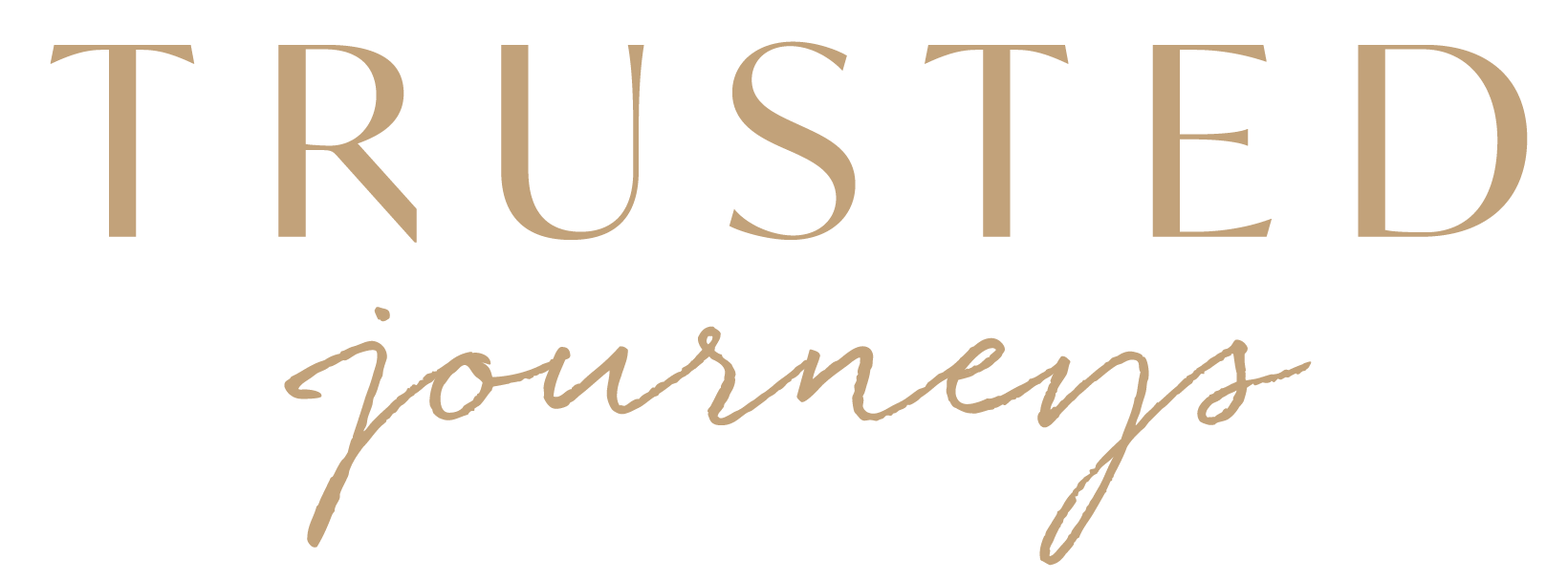The turning points in my life have most often shown up unexpectedly. A door closes. A new path appears. Something shifts—sometimes before I have words for what’s happening. Those moments have asked me to change before I fully understood it.
EFT Opened a Door for Me
Sue Johnson and Emotionally Focused Therapy arrived at just the right moment and opened a door that changed my life.
EFT changed how I understood myself and other people. It helped me see the intelligence in our defenses and the longing that lives underneath reactivity. It inspired me and gave me a map to appreciate people rather than try to fix them. I’m deeply grateful to the mentors and the EFT community; their influence stays with me.
The Whisper I Fought
But like every doorway, EFT eventually led me to another threshold—one I resisted crossing. A quiet whisper told me something was missing. I denied it. I fought it. And then, in another unplanned turning point, I had to accept it: EFT isn’t enough.
It wasn’t that the model was wrong. I was the one who needed to grow beyond it—to explore what felt most alive for me.
Where the Struggle Was
What I struggled with most wasn’t the model itself—it was the culture of loyalty and allegiance that I grew up in, and bought into. At times, it felt like there wasn’t space to experiment, to cross-pollinate, or to bring in the body, spirit, or other modalities without being seen as disloyal. I doubted myself when I was drawn to different ways of working—like EMDR in the beginning, when emotions felt too big, IFS when parts work brought space and clarity, and plant medicine when ordinary consciousness wasn’t powerful enough.
Eventually, I realized I wasn’t enough for me to idealize Sue and EFT; it was time for me to step into trusting myself.
What Guides Me Now
These are some principles and forces that guide me today:
-
Healing isn’t about doing the “right” thing. It’s about who we are. More than acquiring tools, I’ve come to value the lifelong process of healing myself.
-
Appreciating models and mentors for what they offer—without needing to idealize them. We’re all human, fallible, doing our best, and in this together.
-
Working with the body’s survival states—not just big emotions like anger or shame, but the deeper currents of contempt, cynicism, freeze, collapse, and dissociation, and what they need to move.
-
Honoring mistrust as wisdom, not pathology. We all have good reason not to trust—and deserve to be met there with dignity. Prioritizing trust too quickly can be a disservice to ourselves and our clients.
-
Seeing “negative views of self and other” not just as formerly adaptive in childhood, but as necessary, ongoing adaptations in couple, family, and community systems.
-
Seeing cultural and systemic burdens not as side notes, but as central to our work.
-
Embracing the spiritual—welcoming the mystery and intelligence that emerges beyond thought, but is perceived in the body through faculties that are usually called intuition as well as feeling.
Coming Home to What’s Alive
EFT remains one of the most beautiful models I’ve learned. But like every significant turning point, it was a stepping stone. I didn’t walk away in rejection—I followed what felt most alive. That path has led me to a way of working that’s more intuitive, embodied, and spacious.
Trusting myself turned out to be the way to connect with healing powers that are more than personal, more than material, and more than words can ever adequately name—but that each of us can know and experience for ourselves.
The Heart of It All
These days, I don’t align myself with any one method. What I care about is presence—being open to the forces that move through us when we’re not trying so hard to get it right.
To follow what is most alive—this, to me, is the heart of healing.
Photo by Unsplash



